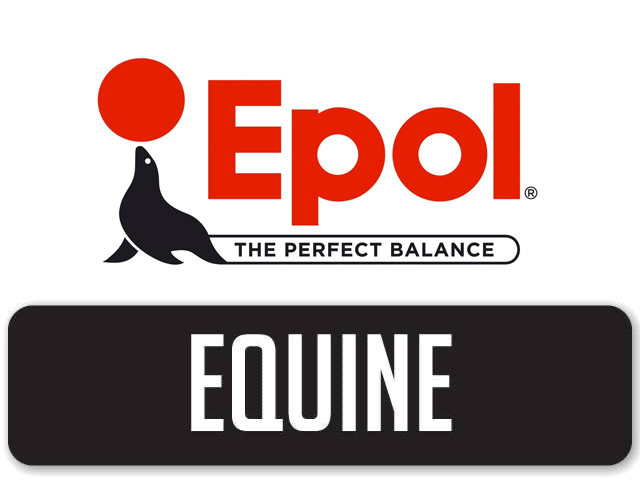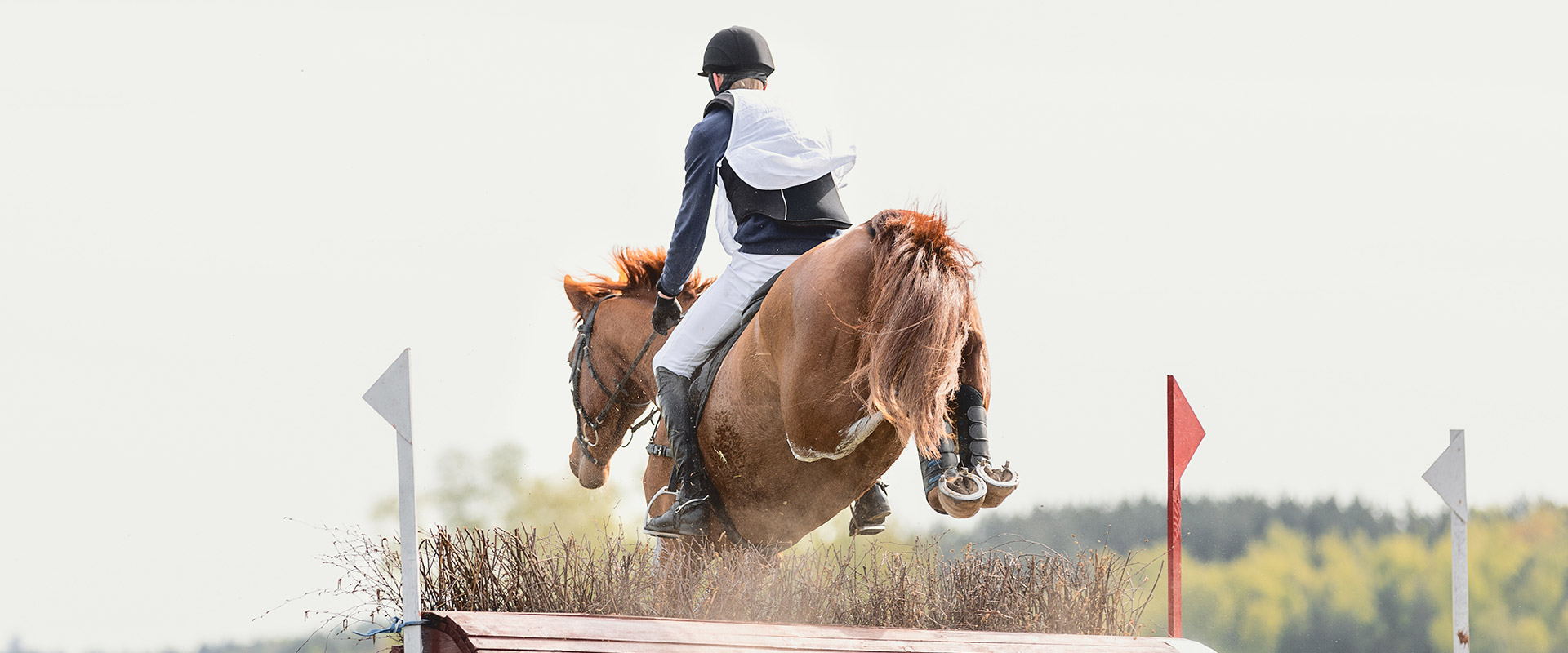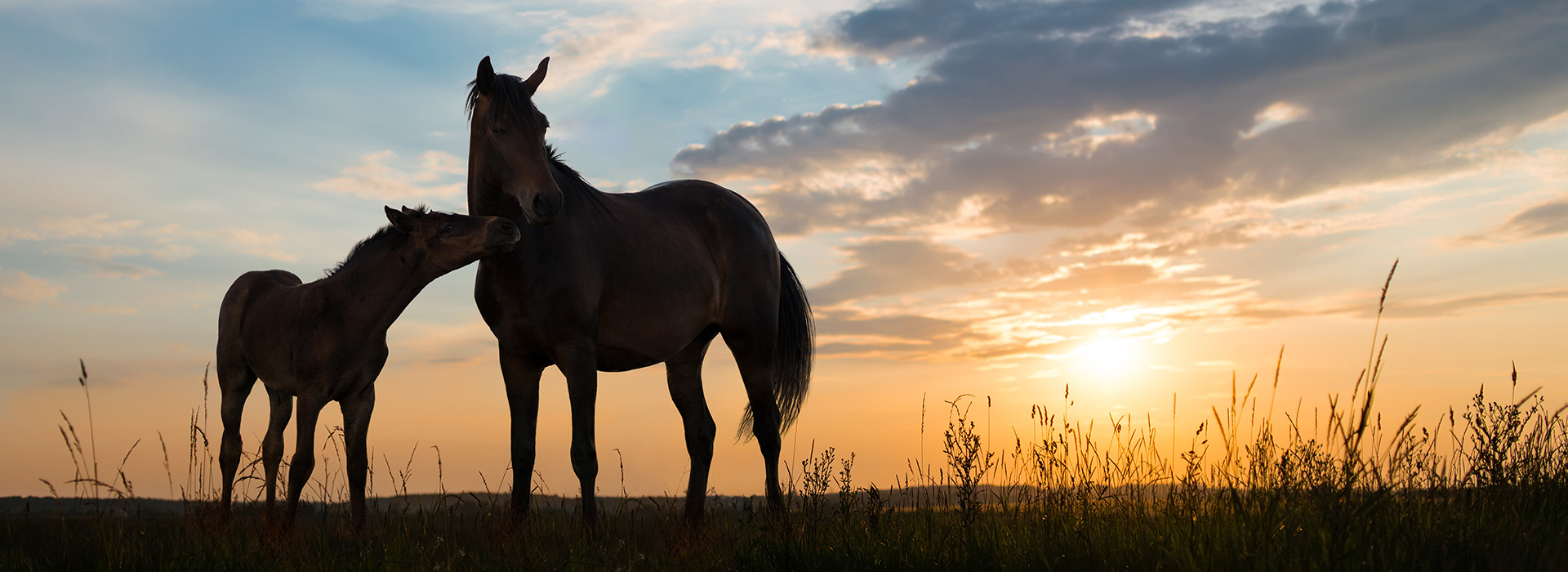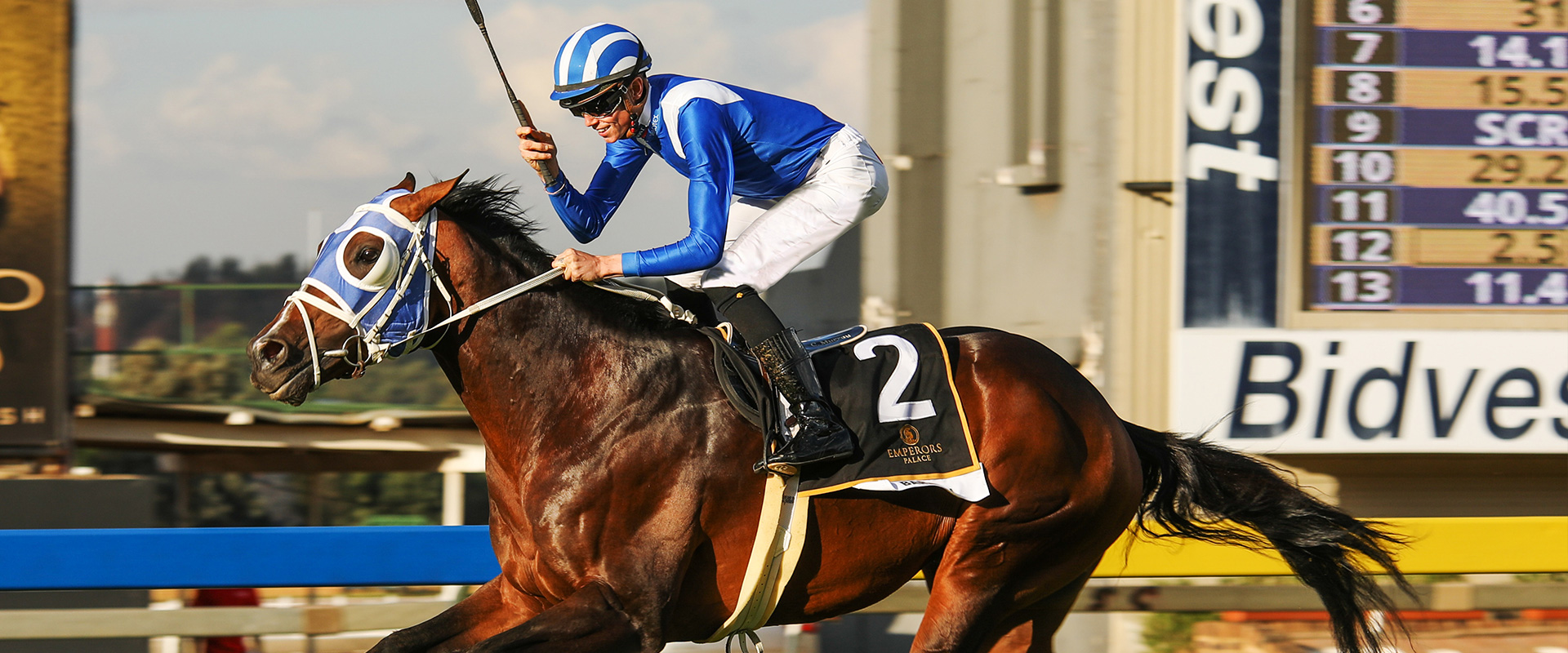When examining individual horses, it is important to differentiate between acceptable seasonal weight loss on the one hand, and consistently bad doers on the other.
With normal weight loss In South Africa (from June through to September) two important factors play a role in horses losing condition. The first is the effect of colder temperatures on the amount of calories required to maintain body condition (colder weather will require more calories for maintenance and warmth) and the second more important factor, is the decrease in digestibility of the available grazing. It is important to keep in mind that there is a very big difference in digestibility between immature and more mature grass. In a study of grass samples (Hoffman, 2003) the average digestibility of the grasses was 53%, but individual samples ranged from 36 to 74%. As grasses mature, the cell walls harden and thicken (lignification) and their digestibility drops dramatically (this is also true for Lucerne). As can be seen from the figures above, the digestibility can drop so low (36%) that it becomes impossible for horses to get enough calories in, even from large volumes, and subsequently their weight starts to drop. With non-competitive horses, a minor drop in weight is often acceptable and not necessarily worth addressing, however, when horses are competing the decreased digestibility of the grass needs to be addressed with a combination of additional good quality hay and concentrate feeds.
Bad Doers Horses that are consistently “bad doers”, no matter what time of year, are hard to manage. Usually, in a yard of horses, some horses will appear to live on fresh air and some will be skin and bone. In a group situation, some will require no concentrates and others will need vast amounts of extra feed to little effect.
What makes a horse “Bad doer”? “The individual metabolic rate determines whether a horse is an easy or hard keeper, and the variation between horses can be extreme. Metabolism is the speed at which the body burns fuels for energy in order to maintain normal body functions. A slow metabolism is one that can function on little input of fuel energy. Conversely, a fast metabolism is one that needs a higher caloric intake in order to function properly. In general, certain breeds have faster metabolisms and need more food to maintain body condition than other breeds. For example, Thoroughbreds usually eat more per kilogram of body weight than draft horses. There is also variety within a breed. For instance, some Thoroughbreds are easy keepers while others require intense management to maintain body weight. Temperament often goes hand in hand with metabolic rate. A nervous horse may require more calories than a calm tempered one to maintain the same body condition. A tense horse may spend more time stall walking or weaving while the calm horse conserves energy stores” (KER, Equinews)
Before looking at the horse’s diet, however, it is important to rule out other causes of poor condition/weight loss, such as
– Teeth issues
– Parasite load (intestinal worms)
– Gastric ulcers
– Increased workload
– Pain
– Medication
– Change in temperature (start of winter or summer)
– Feeding the wrong energy level
– Be realistic about the amount of work a horse does, then match his workload to the correct product. It is no use feeding a Light energy product if the horse is working at medium level. It is important to note that the protein % of a feed does not always indicate its energy value. Enlist the aid of a feed consultant if necessary to ensure that you choose the correct product for your horse.
Once it has been determined that none of the above factors are causing the poor body condition, then you know you are dealing with a true bad doer and a strategy needs to be devised to address the situation effectively. Insufficient energy intake (calories) is the main cause of failure to maintain correct body condition in horses. When a horse does not have enough energy in the diet to maintain normal bodily functions, the body will break down its own muscle tissue and also deplete most of the fat reserves. This results in emaciation, with poor muscle definition and protruding bones. The simple solution to poor weight is to increase the energy content of the diet (more calories) while ensuring adequate protein, fibre and vitamin and mineral content. There are three key nutrients which can supply increased energy in the diet, fibre, starch and fat. Each nutrient is utilized for energy in a slightly different way in the body, so depending on the horse, one may be more desirable than another.
Fibre
Of the three major energy sources for the horse, fibre is the most important, most underused but also the safest. Fibre is the major component of grass and hay. Some horses can maintain their weight on fibre sources alone. For the bad doer, however, fibre alone will not maintain weight, but there are fibre feeding strategies that can increase the ability of the horse to derive energy from fibre.
– Provide more good quality hay: Most horses should be provided with a minimum of 1.5% of body weight in hay per day. This is around 7.5kg per 500kg horse. However, for poor doers, this may need to be increased to 2% if not ad lib (as much as they will eat) to ensure they are able to get as much energy (calories) from this portion of the diet. Increasing the amount of hay is not only ideal for gut health but also allows calories to be provided that are “non heating”.
-Check out the hay: “The fibre portion of a plant consists primarily of cellulose, hemicellulose and lignin. Residing in the intestinal tract of the horse (cecum and colon) are billions of microbes which break down the fibre into a usable form. Most of the cellulose and hemicelluloses is easily digested by intestinal microbes (digestible fibre), while the lignin is not digestible (indigestible fibre). Thus, as the lignin content of a feed increases, digestibility decreases. As digestibility plummets, less energy is available to the horse and the weight starts to drop. Lignin is the carbohydrate which gives the most structural support to a plant. Rigid stalked vegetation will contain more lignin than limp stalked plants. For instance, there is little lignin in the soft leaves of the lucerne plant, but a much higher content of lignin is present in the rigid stem. If there is more leaf and less stem, or if the stems have not matured to become stiff and inflexible, the digestible fibre portion of the hay will be higher. A young plant harvested prior to maturity will have a lower lignin content than a plant allowed to mature before cutting. Fresh green, spring grass is much higher in digestible fibre than parched summer grass “ (KER, Equinews) Lucerne has a higher energy (calorie) content compared to most grass hays and thus it can be used successfully in the diets of horses struggling with weight gain.
– Alternative fibre sources: If good quality hay is scarce, investigate adding alternative fibre sources such as Beet products, and Soya hulls. These products have the added benefit of being “super fibres” which means they have a high digestibility and are easily fermented in the hind gut. They provide high levels of energy (calories) so are ideal for horses needing weight gain, but are not “heating”. They are also suitable for horses needing low sugar and starch diets.
Starch
When a horse cannot maintain weight on hay or grass alone, the addition of starch in the form of grains is a next step to increasing the energy density of the diet. Grains are an excellent source of starch for the horse but they can be hazardous to the digestive tract when too much grain is fed. Too much grain causes a starch overload in the small intestine which could result in colic or even laminitis due to endotoxins released into the bloodstream. The important factor once again is to select a concentrate that, firstly, ensures that the total starch component is derived from various sources and, secondly, that a percentage of the starch is heat treated (e.g. micronized or extruded). Also, keeping meal sizes small (no more than 2.5kg of concentrate feed per meal) will help to reduce overload. Further, re-evaluate the amount you feed as a horse’s weight loss may simply be the result of not feeding enough food for his current workload, and a simple increase will help.
I can’t increase my concentrate feed without my horse getting hot
This is one of the main concerns when more feed is needed for weight maintenance or gain. It is important to be realistic here, however, as other factors can contribute to “hot”’ behaviour. For example, a change in workload or increased stable time may well result in a horse being a little fresher than normal. However, there are steps to assist in reducing the risk of over-excitable behaviour
Firstly, introduce a higher energy (calorie) feed slowly. Suddenly providing a horse with more energy/calories in their diet will increase the likelihood of “excitability”.
Secondly, the type of energy source provided is an important aspect.
Fat
When looking for a concentrate feed for “hot horses” look for one based on ‘slow-release’/Low GI energy sources such as fibre and fat. These release energy gradually and are less likely to promote hot behaviour compared to sources of ‘quick-release’ energy such as starch from cereal grains or sugars from molasses. It is thus important that the feed used is high in fat and fibre sources. The bonus of feeding this way is that it is far friendlier on the gut and can even help horses prone to colic and gastric ulcers.
Advantages of feeding fat as an energy source include:
a) it is more concentrated and contains about 2 ½ times the energy of grains per weight- so 250ml (1cup) of oil contains the same amount of energy (calories) as 1.5kg of oats.
b) energy from fat generally has a more calming effect than most grain sources
c) horses on high fat diets exhibit more endurance. Dietary fat is mostly added in the form of oils. It is important to note that oils differ hugely in quality, and feeding too much oil with a poor omega-3 to omega-6 ratio could have negative effects, thus, when feeding oils look for those weighted more towards Omega 3 (Canola, Linseed and Fish Oils).
Supplements
For most horses, making the above changes will assist with weight gain, however for some, for example those coming back from illness or those with previous digestive issues, a small amount of additional help may be needed. Looking for a concentrate feed with a certified amount of live yeast culture for maximal regeneration and efficiency of the microbial population and subsequent improved fibre digestion, can help poor doers. However, in cases of really poor condition, a supplemental Live Probiotic Culture may be worthwhile.
Conclusion
Some horses are more inclined to be bad doers while others have medical, psychological or environmental reasons for having difficulty in maintaining weight. Increasing the caloric intake of a horse should be approached, firstly, by using quality hay with good digestibility then by adding a good quality concentrate with appropriate energy level. Manipulation of the amount and variety of energy sources will often achieve the ideal body condition on the bad doer.




